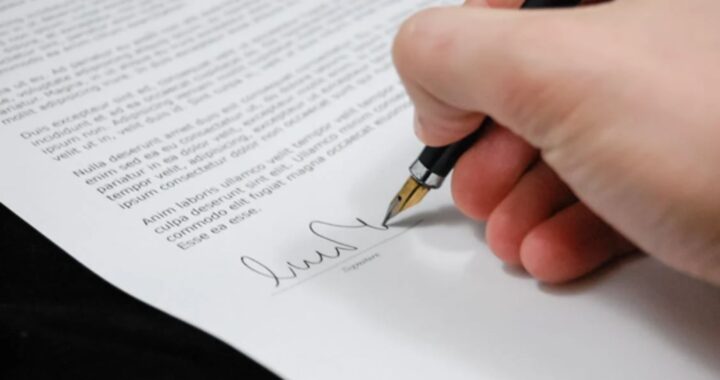
Regarding The Magna Carta Which Statement is False: Debunking False Statements
Regarding The Magna Carta Which Statement is False
The Magna Carta, a historic document that has shaped the course of legal and political systems, continues to captivate scholars and enthusiasts alike. As we delve into its significance, it’s important to separate fact from fiction. In this article, we will explore the false statements that have been associated with the Magna Carta, shedding light on the truth behind this pivotal document.
The Magna Carta, often hailed as a symbol of freedom and democracy, has a rich and complex history. However, there are misconceptions that have emerged over time. It’s crucial to address these inaccuracies and ensure a clear understanding of the Magna Carta’s true impact. Join me as we debunk some of the false claims surrounding this influential document.
Overview of the Magna Carta
Definition and Historical Context
The Magna Carta, meaning “Great Charter” in Latin, is a historic document that was signed by King John of England in 1215. It was a response to the oppressive rule of King John and aimed to limit the power of the monarchy and protect the rights and liberties of the barons and freemen. The Magna Carta is considered a foundational document for constitutional law and has had a significant impact on legal and political systems around the world.
Key Provisions and Significance
The Magna Carta consisted of 63 clauses that covered a wide range of issues, including the rights of individuals, the administration of justice, and the limits of royal power. Some of the key provisions included:
- Trial by jury: The Magna Carta established the right to a fair trial by a jury of one’s peers, ensuring that individuals could not be arbitrarily punished by the king or his officials.
- Habeas Corpus: The Magna Carta introduced the concept of habeas corpus, which protected individuals from unlawful imprisonment by requiring that they be brought before a court and provided with a legal justification for their detention.
- Protection of property rights: The Magna Carta recognized the right to private property and prohibited the king from seizing or confiscating it without just cause.
- Limitations on taxation: The Magna Carta established that the king could not impose excessive or arbitrary taxes without the consent of the barons and freemen.
The significance of the Magna Carta lies in its principles of limited government, individual rights, and the rule of law. It laid the foundation for the development of constitutional law and influenced the creation of subsequent legal documents, such as the English Bill of Rights and the United States Constitution. The Magna Carta is a symbol of freedom and justice, and its principles continue to shape modern legal systems worldwide.
The False Statement
Statement: The Magna Carta was signed in the 16th century
Explanation of the false statement
This statement is incorrect. The Magna Carta was not signed in the 16th century. In fact, it was signed by King John of England in the year 1215. The Magna Carta holds great historical significance as one of the earliest documents that aimed to limit the power of the monarchy and protect the rights and liberties of the barons and freemen.
The misconception that the Magna Carta was signed in the 16th century might stem from a confusion with the English Bill of Rights, which was indeed enacted in the 17th century. While both documents share a common goal of protecting individual rights and limiting government power, they were enacted in different time periods.
It is important to recognize the true historical context in which the Magna Carta was signed. By separating fact from fiction, we can gain a clearer understanding of the document’s true legacy and the principles it espouses, such as limited government, individual rights, and the rule of law.
In conclusion debunking false statements and misconceptions surrounding the Magna Carta has been the primary goal of this article. By separating fact from fiction, I have aimed to provide a clear understanding of the true legacy of this historic document. The Magna Carta, signed by King John of England in 1215, was a groundbreaking document that sought to limit the power of the monarchy and protect the rights and liberties of the barons and freemen. Its 63 clauses covered a wide range of issues, including trial by jury, habeas corpus, protection of property rights, and limitations on taxation.






